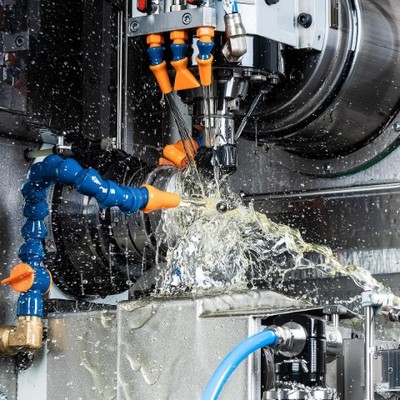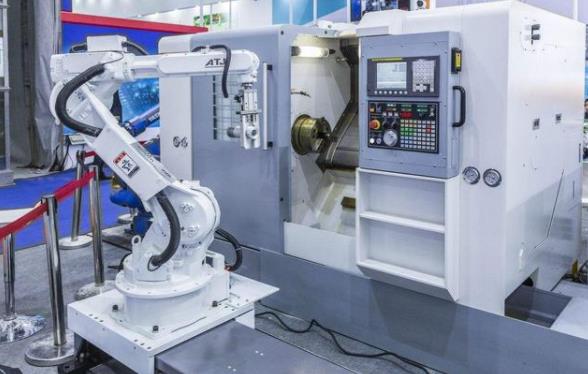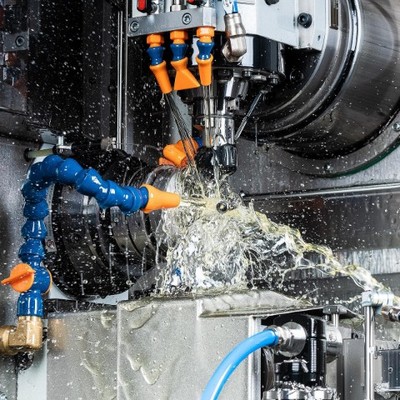Choosing the right manufacturing method is critical for project success and budget management. Two dominant technologies, 3D Printing (Additive Manufacturing) and CNC Machining (Subtractive Manufacturing), offer distinct advantages. But which one is truly more cost-effective for your part? The answer, frustratingly often, is "it depends." Let's break down the speed, cost, and quality differences to help you decide.
Understanding the Core Difference 3D Printing: Builds parts layer-by-layer from materials like plastic filament (FDM),resin (SLA/DLP), or metal powder (SLS, DMLS, SLM). Ideal for complex geometries, internal features, and rapid prototypes.

CNC Machining: Starts with a solid block (metal, plastic, wood) and precisely cuts away material using rotating tools. Excels at high-strength parts, excellent surface finishes, and tight tolerances, especially from metals.
1. Speed: Time to First Part & Production Runs
3D Printing:
Setup Speed (Winner): Generally faster setup. Upload a CAD file, prepare the build plate (often automated), and start printing. Minimal fixturing needed.
First Part Speed (Winner for Prototypes): Delivers the first part very quickly,
often within hours, especially for complex designs. Ideal for rapid prototyping.
Production Speed: Can be efficient for small batches or complex single parts.
However, printing multiple parts simultaneously in a build volume is common. Speed depends heavily on technology (resin printers faster per layer but require curing; metal printing slow).

CNC Machining:
Setup Speed: Slower initial setup. Requires detailed CAM programming, toolpath generation, selecting tools, and securing the raw material block precisely with custom fixtures. Complex parts require more programming time.
First Part Speed: Slower to get the very first part due to setup. Machining time itself can be fast for simple geometries.
Production Speed (Winner for Volumes): Once set up, CNC machines excel at producing multiple identical parts quickly and consistently, especially simpler shapes. High-volume production runs are often significantly faster and more efficient than 3D printing.
2. Cost: Material, Labor, and Volume Impact

3D Printing:
Material Cost: Can be high per kg (especially specialty resins/metal powders).
Support structures add wasted material cost.
Machine Cost: Desktop machines are affordable; industrial metal printers are very expensive.
Labor Cost: Lower skilled labor often required for operation/post-processing (though post-processing can be time-consuming - support removal, curing, sanding).
Automation potential is high.
Tooling Cost: Virtually zero. No custom jigs or fixtures typically needed per design.
Volume Impact (Winner for Low Volumes/Prototypes): Economically superior for one-offparts, prototypes, and very low-volume production. Costs are relatively linear per part. Complexity doesn't drastically increase cost.
CNC Machining:
Material Cost: Raw material (blocks, bars) is usually cheaper per kg than additive powders/filaments. Less waste for simple geometries.
Machine Cost: Significant investment for high-precision machines.
Labor Cost: Requires skilled CNC programmers and machinists. Setup/operation more labor-intensive.
Tooling Cost: Can be high. Custom fixtures, jigs, and cutting tools wear out and need replacement.
Volume Impact (Winner for High Volumes): High upfront setup/programming costs are amortized over larger batches. Becomes very cost-effective for medium to high-volume production. Complexity (more operations, tool changes) increases cost.
3. Quality: Precision, Strength & Finish
3D Printing:
Surface Finish: Often requires significant post-processing (sanding, coating) to achieve smooth surfaces. Layer lines visible on some technologies (FDM). Resin (SLA) offers better surface quality off the bed.
Dimensional Accuracy/Precision: Good, but generally less precise than CNC. Depends heavily on technology, material, calibration, and part orientation during printing. Shrinkage/warping can be issues. Tolerances typically ± 0.1 - 0.5mm.
Mechanical Properties: Can be anisotropic (strength varies depending on layer orientation). Bulk material properties of printed parts (especially plastics) can be
slightly lower than their CNC-machined counterparts. Metal printed parts approach wrought properties but require careful parameter control and often heat treatment.
CNC Machining:
Surface Finish (Winner): Excellent surface finish straight off the machine, especially with fine finishing passes. Achieves near-mirror finishes easily.Dimensional Accuracy/Precision (Winner): Superior and highly consistent accuracy and tight tolerances (± 0.025mm or better is achievable). Ideal for high-precision mating parts.
Mechanical Properties (Winner for Isotropic Strength): Parts have consistent, isotropic material properties identical to the solid stock material. Highest possible strength for the material.
The Verdict: Which is More Cost-Effective?

Choose 3D Printing When:
You need rapid prototypes (especially complex ones).
Production volume is very low (1-10 parts).
Part geometry is highly complex (internal channels, lattices, organic shapes).
Design iterations are frequent.
Lightweighting or part consolidation is a goal.
Custom jigs/fixtures would be prohibitively expensive for CNC.

Choose CNC Machining When:
You require high precision and tight tolerances.
Superior surface finish is critical off the machine.
Production volume is medium to high (10s to 1000s of parts).
Parts require the absolute highest material strength and isotropic properties.
The materials needed are best suited to machining (e.g., many metals, some dense plastics).
Geometries are relatively simple or can be efficiently machined.
Neither 3D printing nor CNC machining is universally "more cost-effective." 3Dprinting shines for speed-to-first-part, low-volume complexity, and design flexibility. CNC machining dominates for high-volume precision, superior surface quality, and maximum part strength. Often, the most efficient approach uses both: 3D printing for rapid prototyping and initial tooling, then CNC machining for final production parts.
Need help deciding for your specific project? Xiamen Craft Technology Co.,Ltd offers expert manufacturing consulting, rapid prototyping services, and both precision CNC machining and industrial 3D printing capabilities. Contact us today for a quote and let our engineers help you choose the most cost-effective manufacturing solution for your speed, budget, and quality requirements!